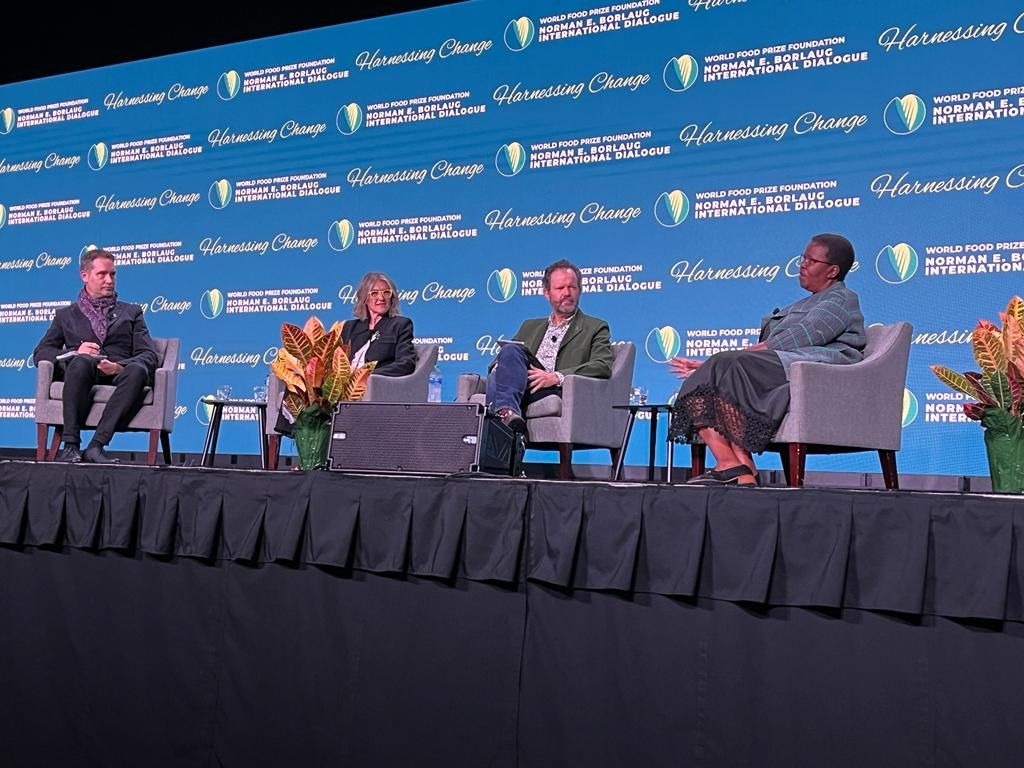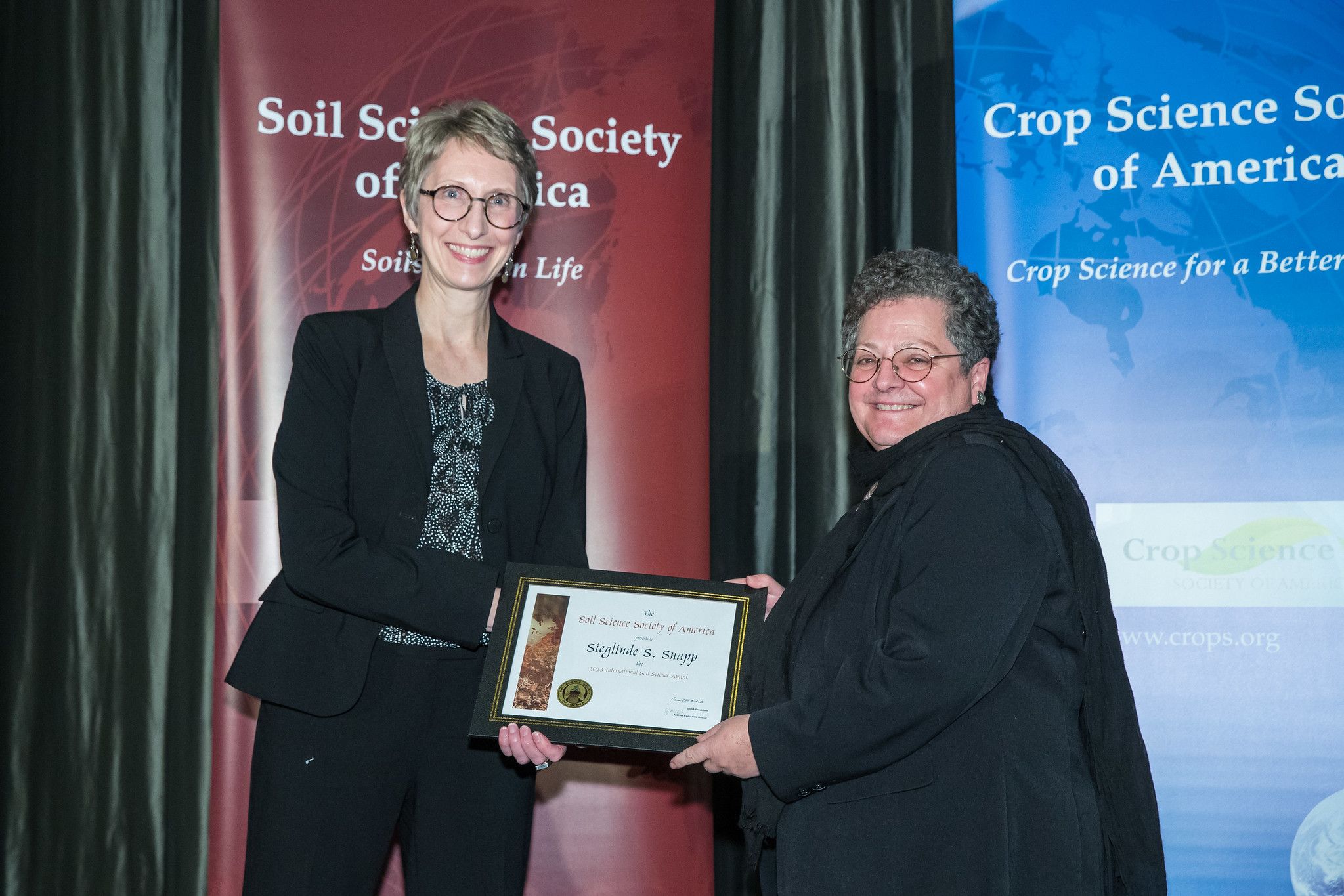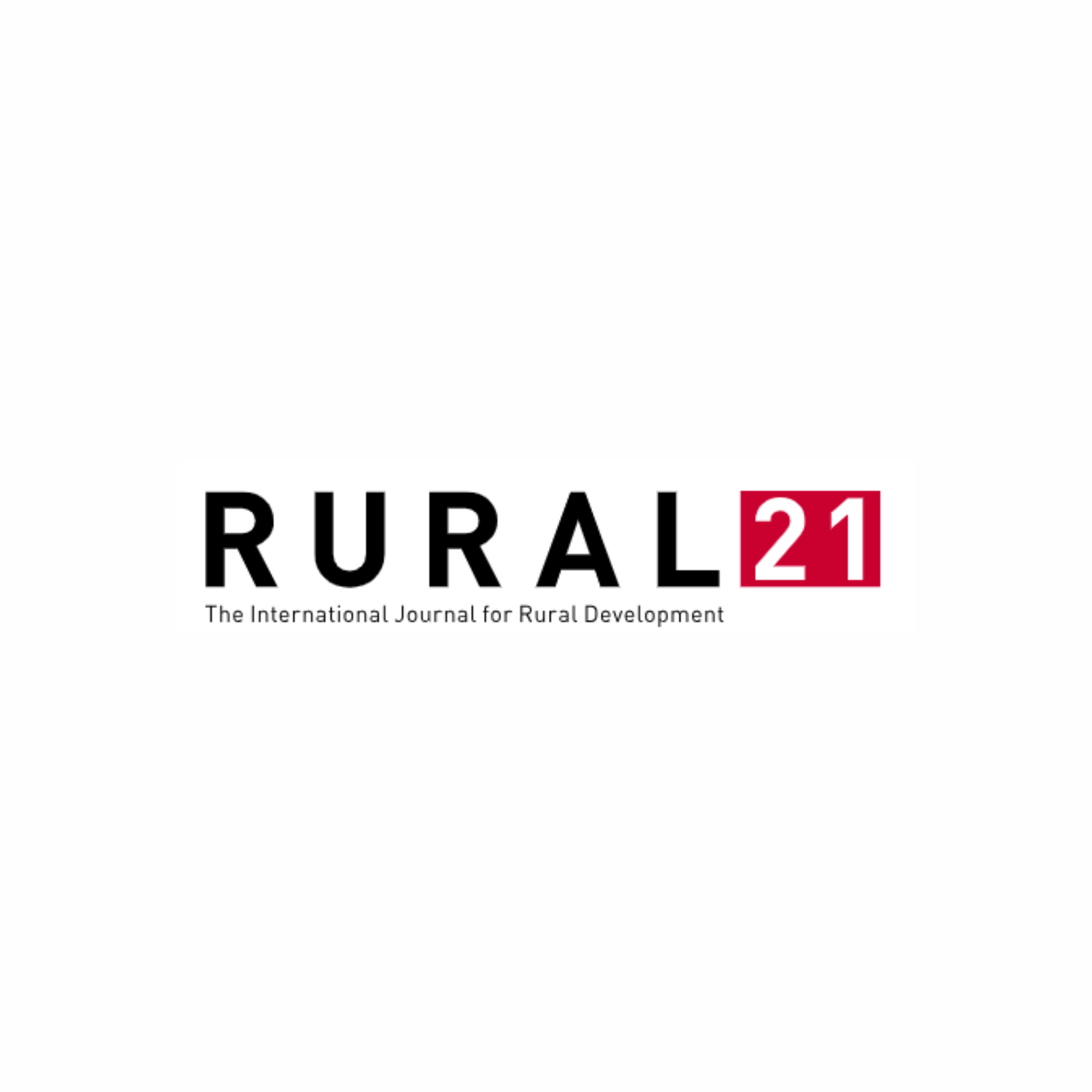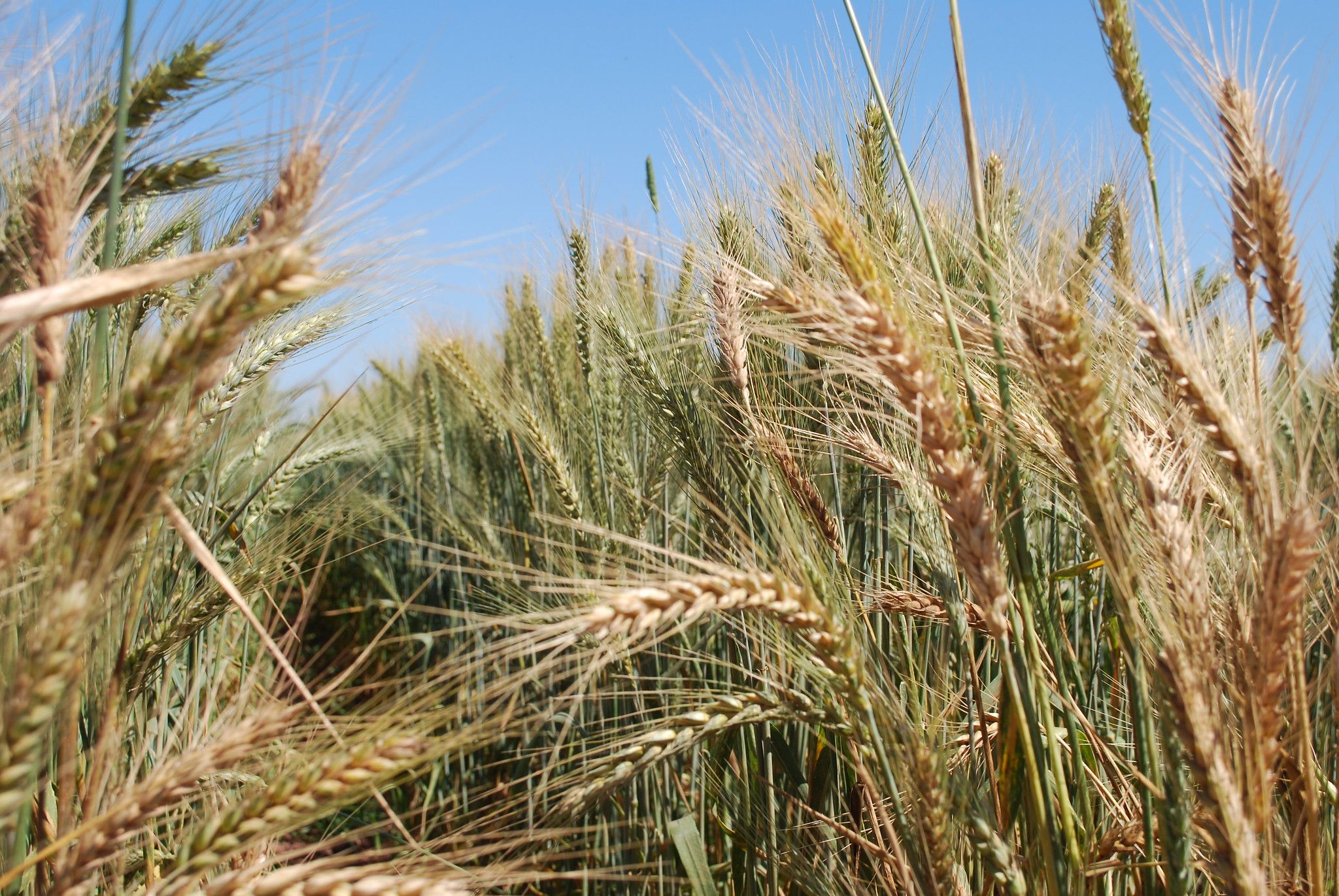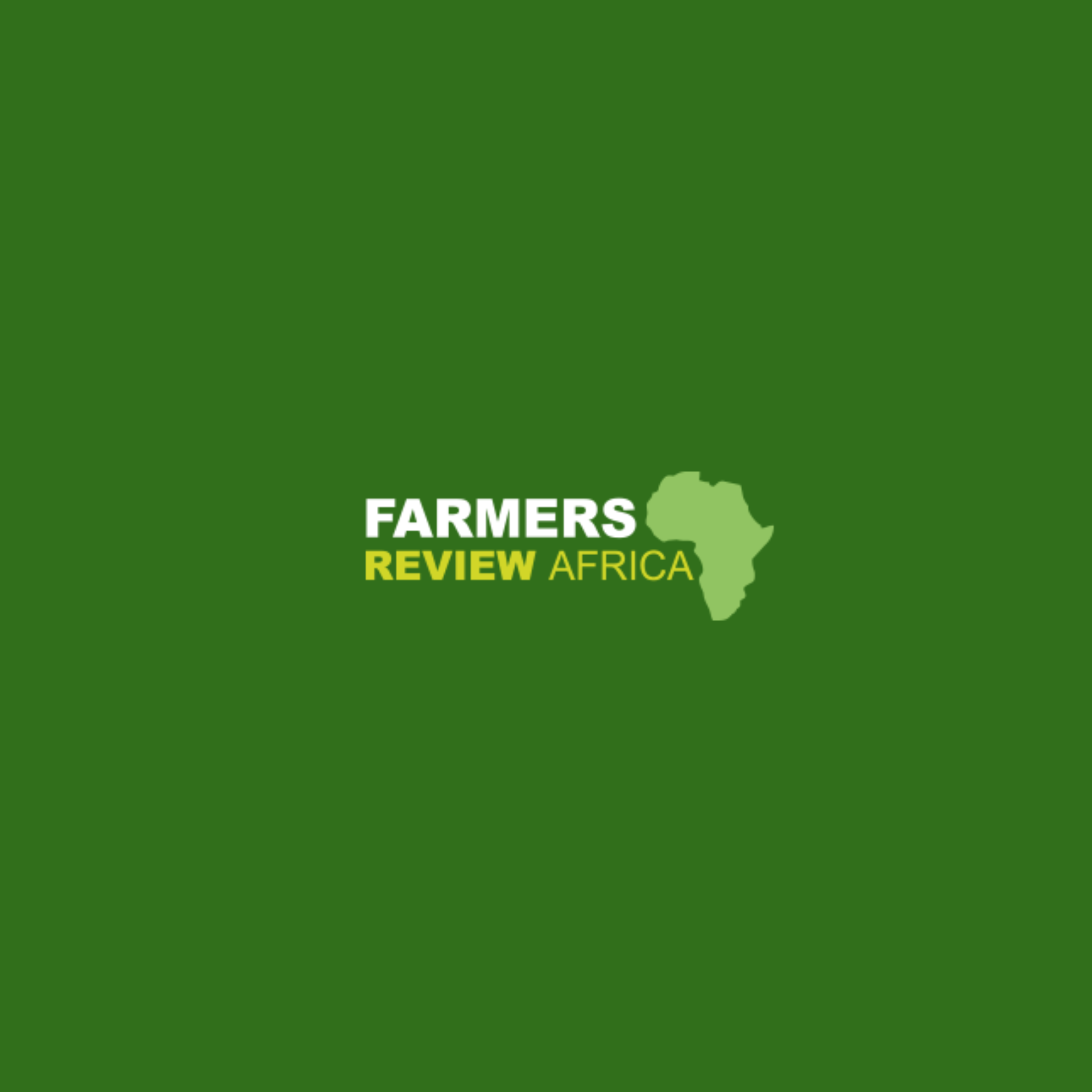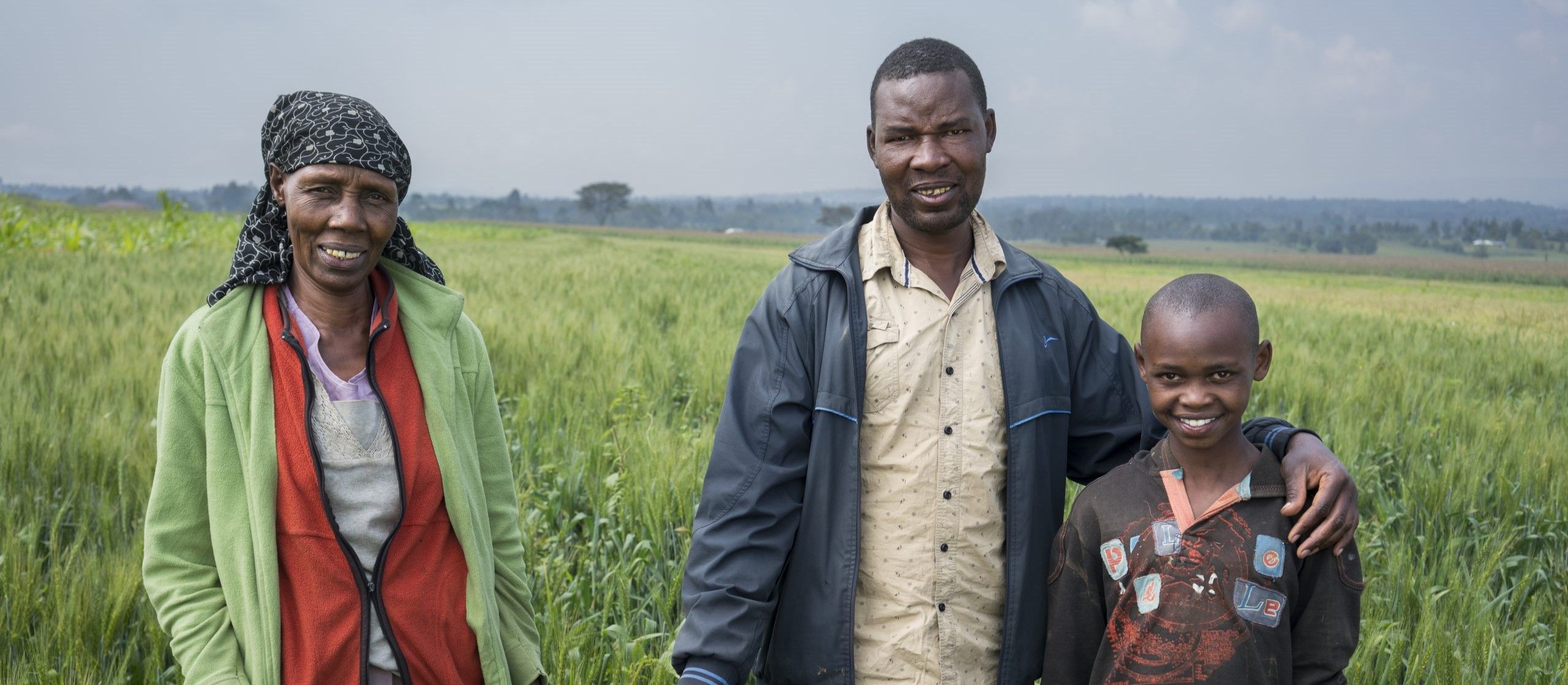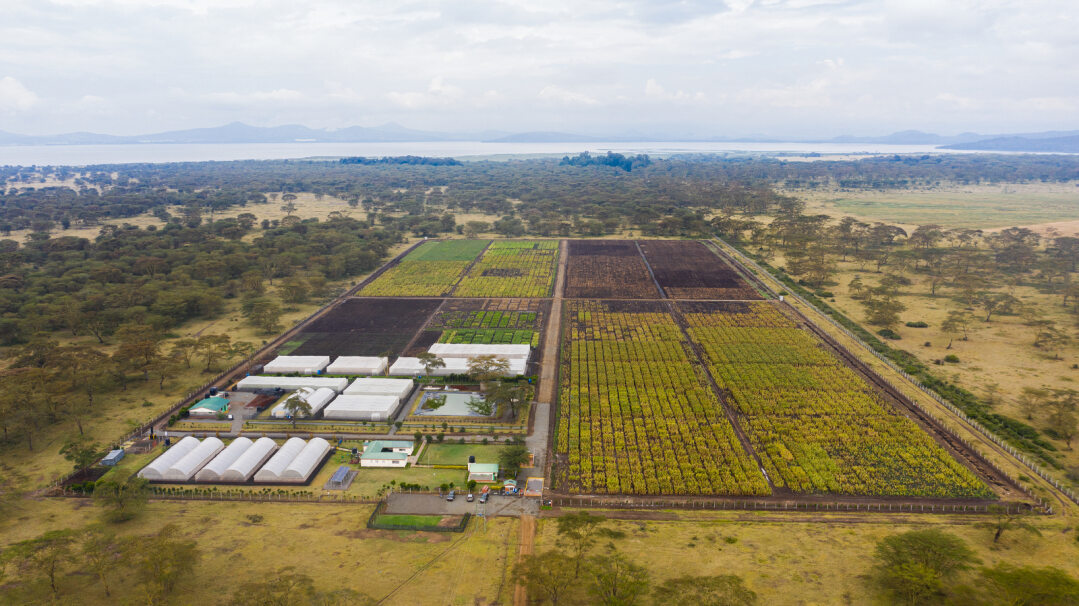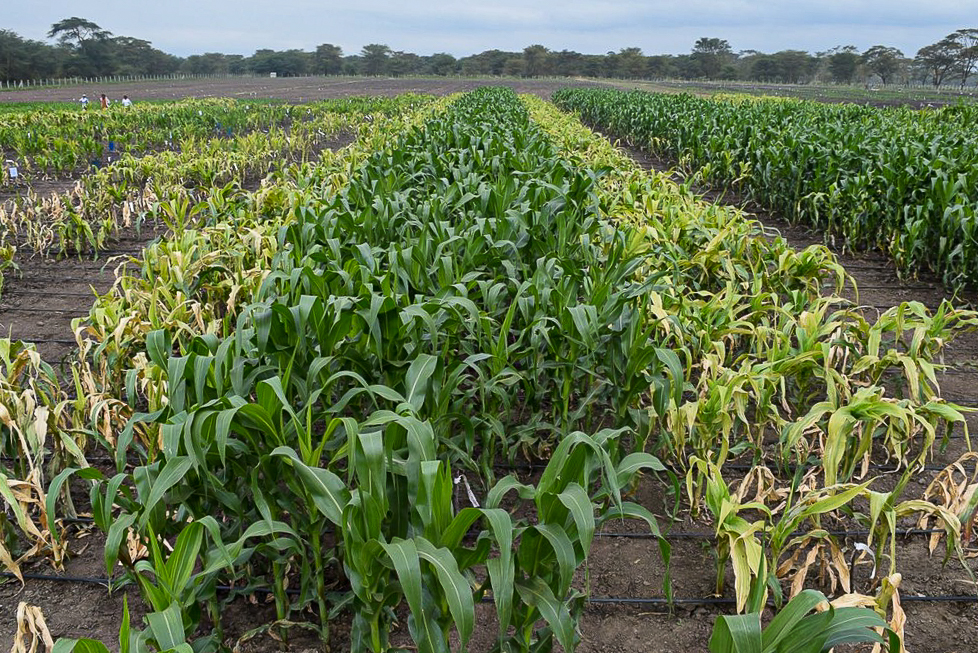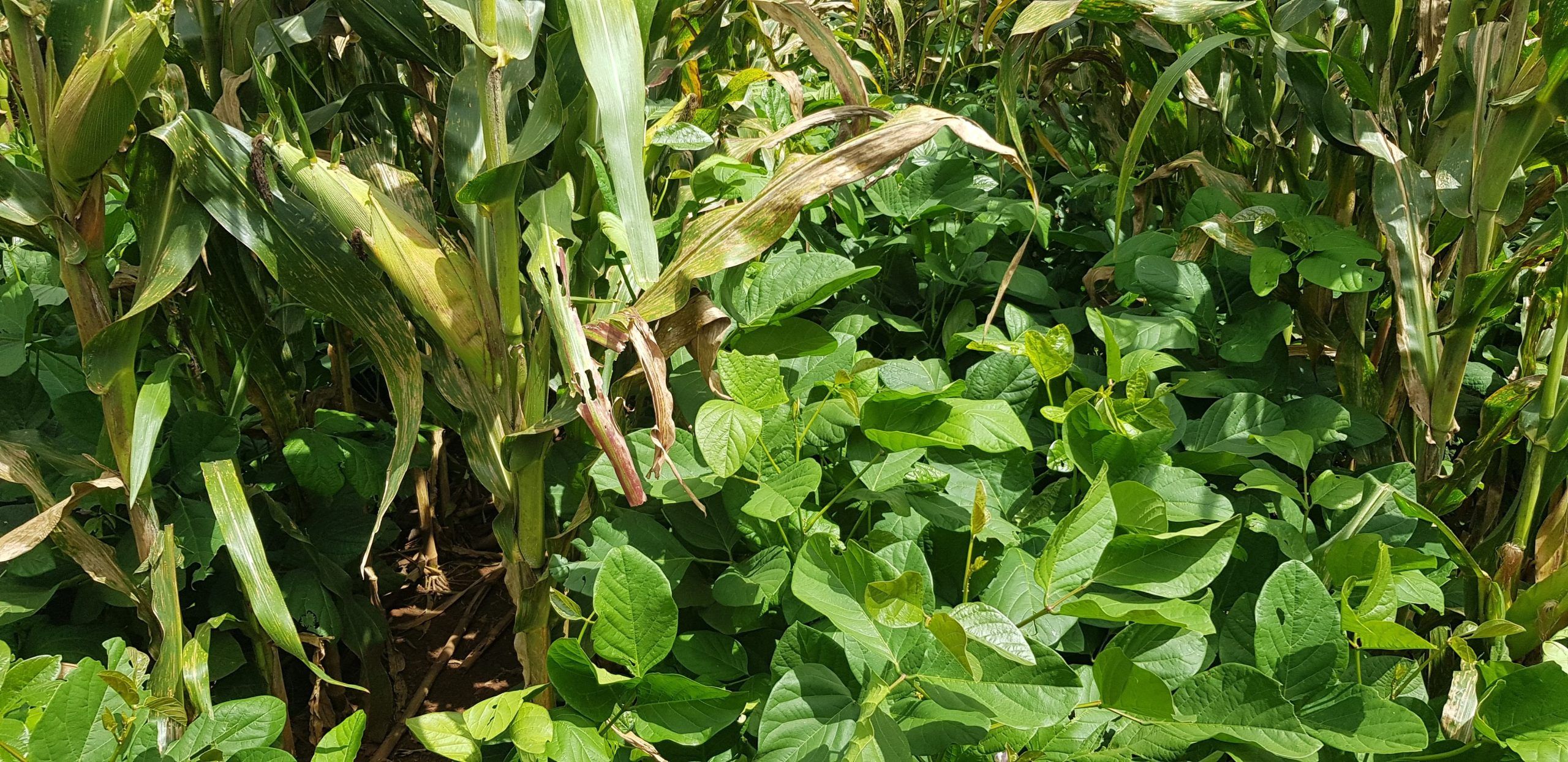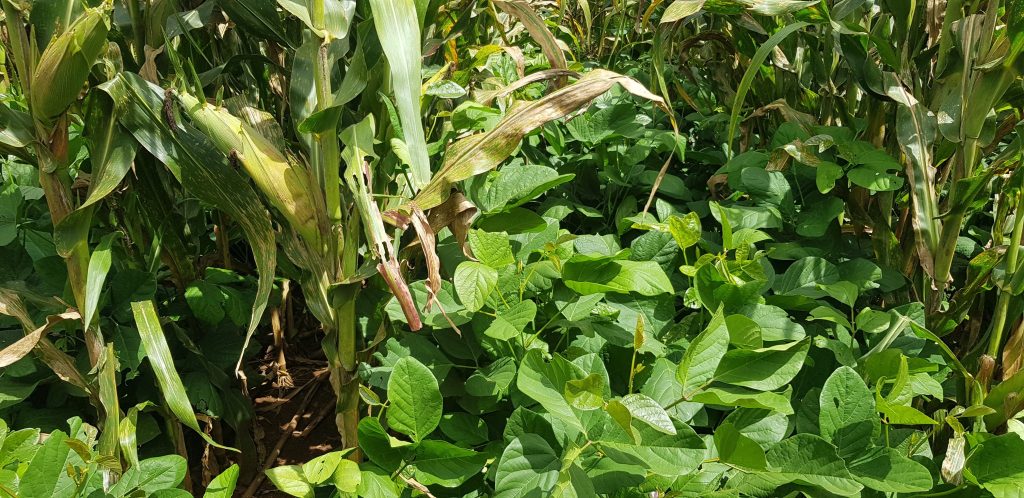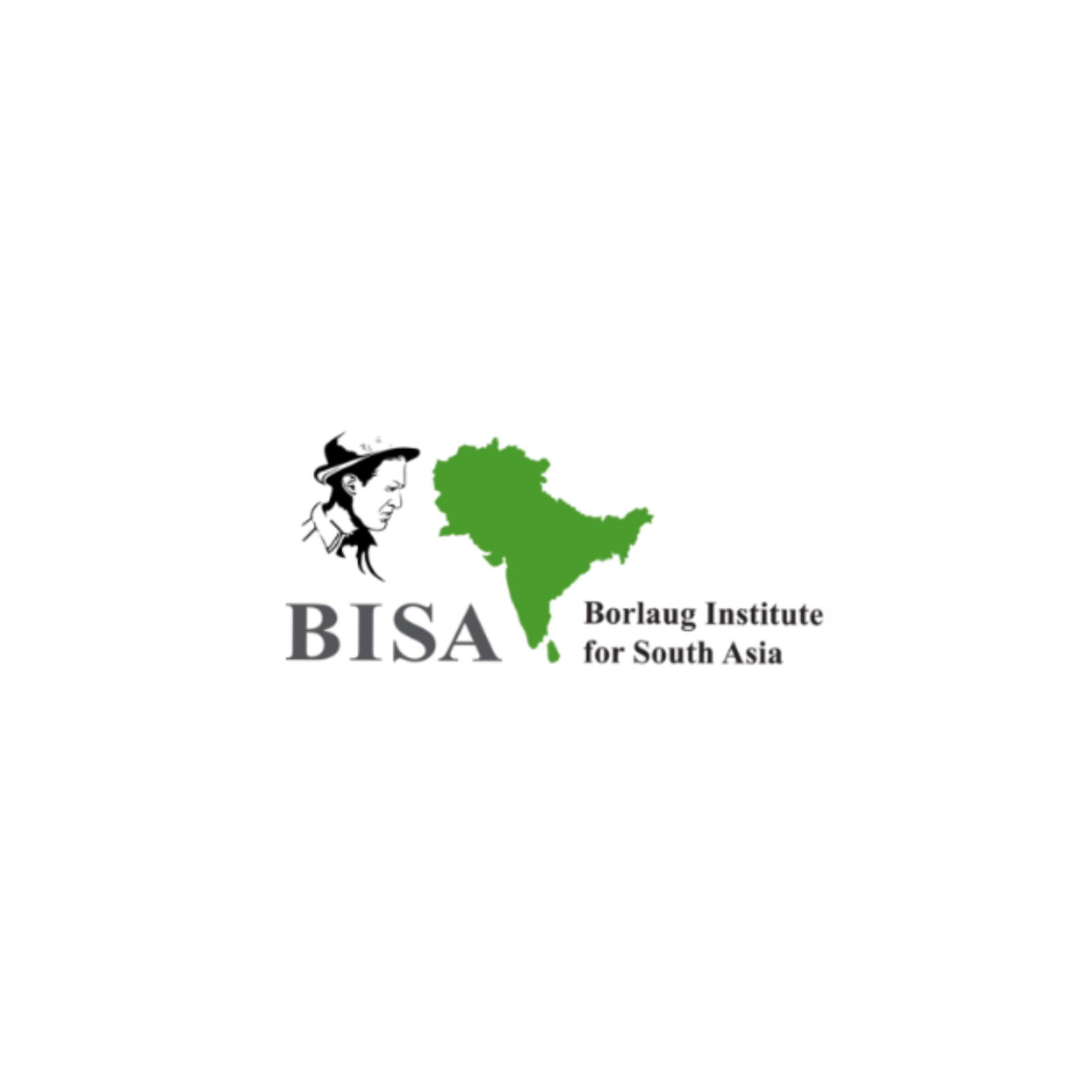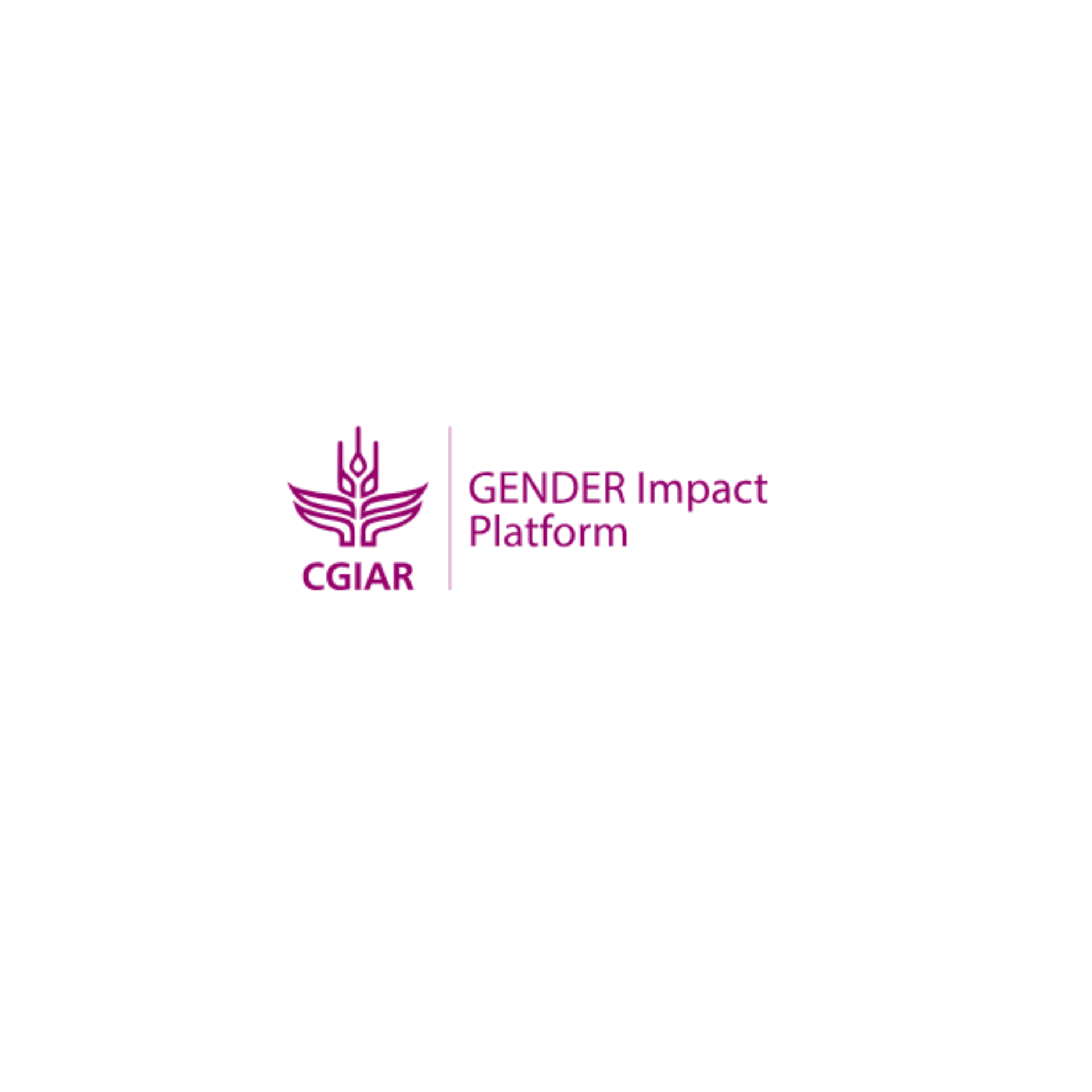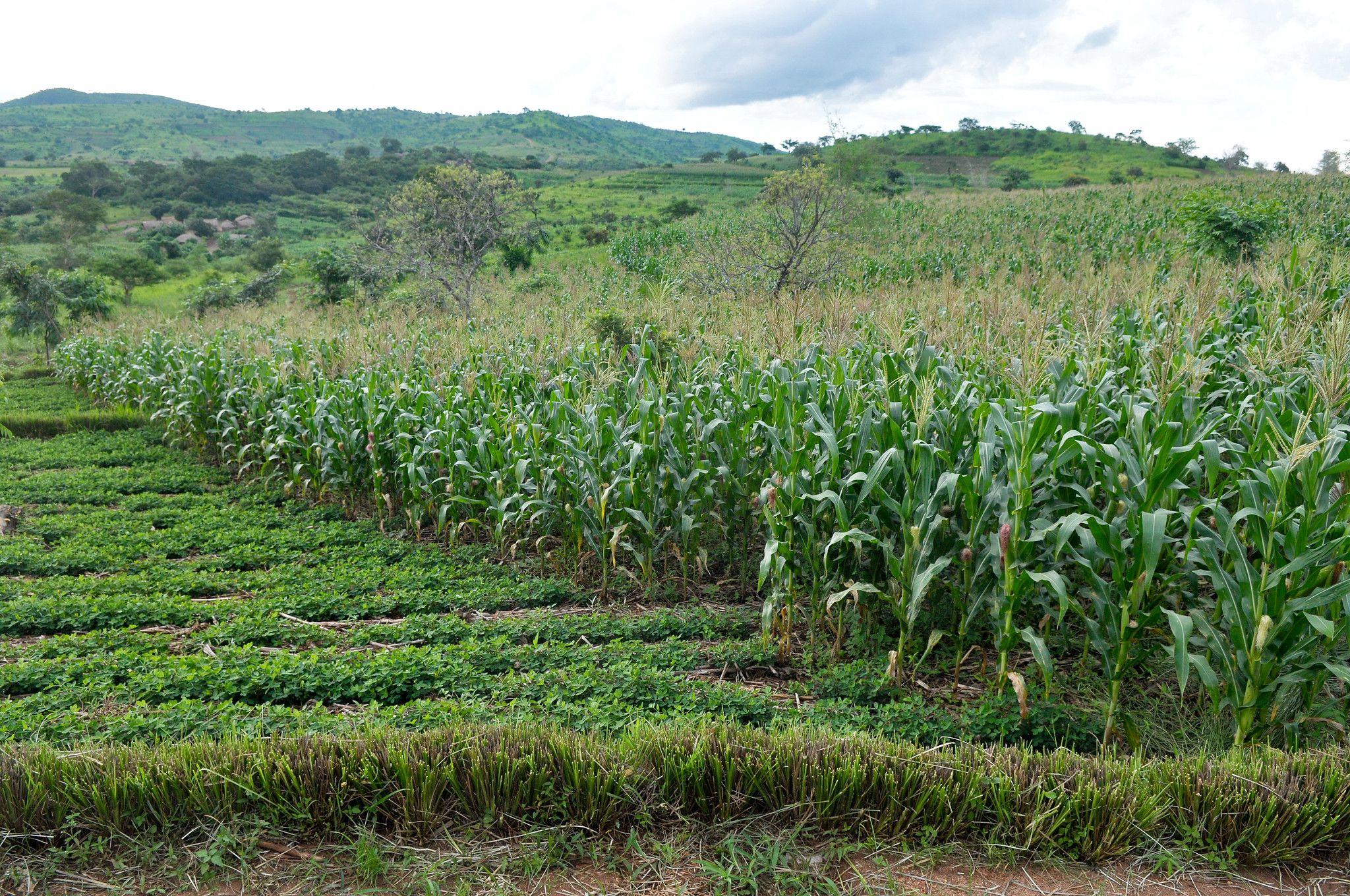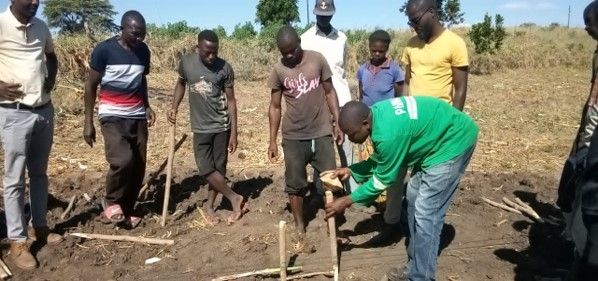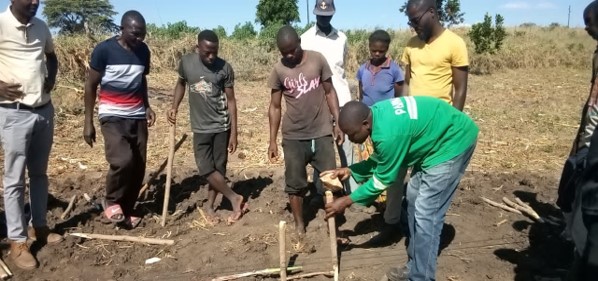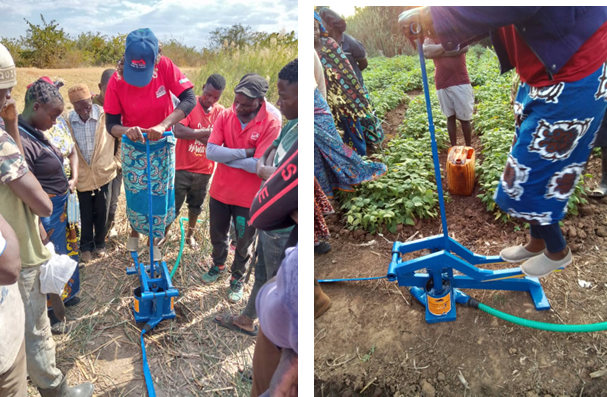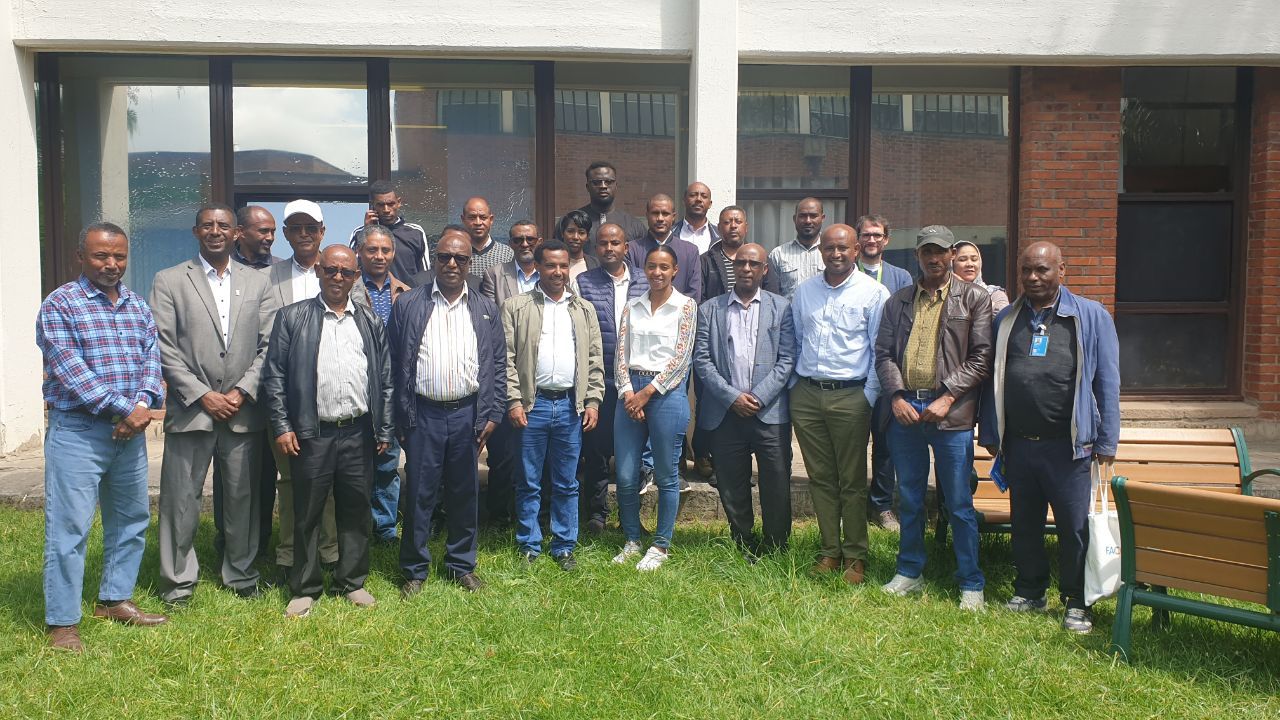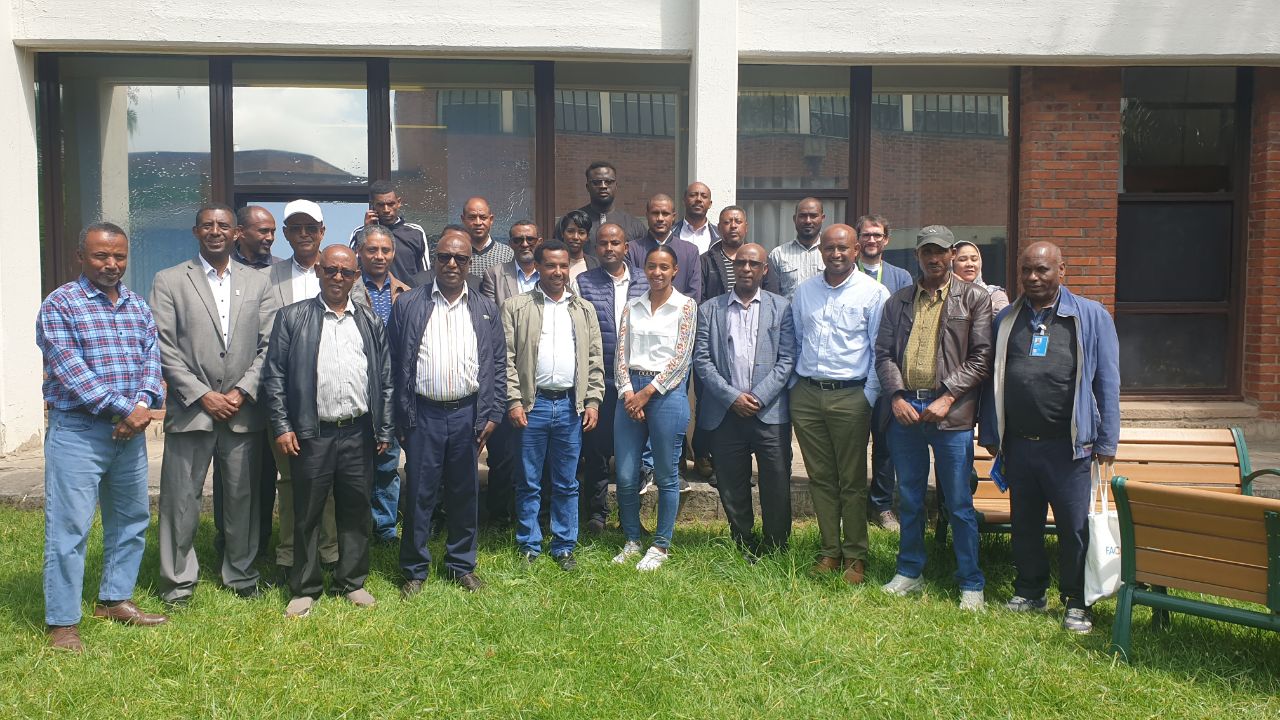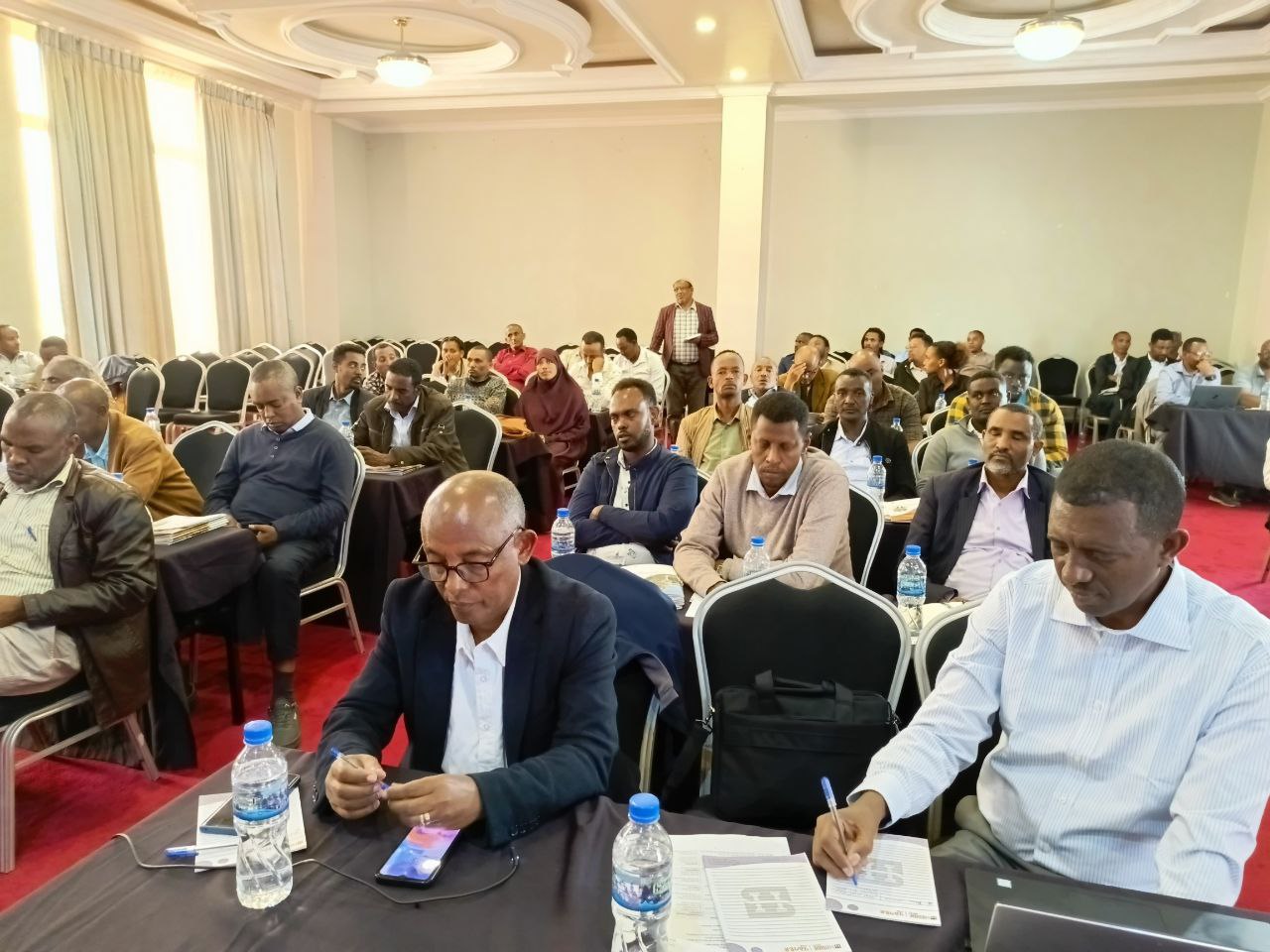CIMMYT at the Borlaug Dialogue
Harnessing Change was the theme of the 2023 Borlaug Dialogue, an annual summit of international thought leaders, development specialists, researchers, farmers, and practitioners, designed to promote global food systems transformation and food security, and is organized by the World Food Prize Foundation.
This iteration of the Borlaug Dialogue, held in Des Moines, Iowa, October 24-26, 2023, was the site of the inauguration of a collaboration between CIMMYT and the Gorongosa Restoration Project to improve climate resilience, food security and nutrition in Mozambique’s Gorongosa National Park.
“These kinds of collaborations exemplify what the Borlaug Dialogue is all about,” said CIMMYT Director General Bram Govaerts. “The annual event and the work of the World Food Prize Foundation year-round is dedicated to bringing people and organizations together to work better and smarter. CIMMYT is proud to be a part of it.”
CGIAR Centers based in the Americas host discussion on Latin America’s food security challenges and opportunities
CIMMYT, the International Potato Center (CIP), the Alliance of Bioversity International and the International Center for Tropical Agriculture, and International Food Policy Research Institute (IFPRI) co-organized the side event Maximizing Latin America and the Caribbean’s Contributions to Global Agriculture and Biodiversity Solutions at Dialogue.
Govaerts moderated the panel discussion and the Q&A session that followed with members of the audience.
Panelists, including Elsa Murano, director of the Norman E. Borlaug Institute for International Agriculture & Development, Rob Bertram, chief scientist for the Bureau for Resilience and Food Security at the U.S. Agency for International Development (USAID), and María (pilu) Giraudo, honorary president of Argentina’s No Till Farmers Association, shared views on Latin America’s role in global agriculture from academic, development and farming offer academic insights, international cooperation recommendations and farmer perspectives.
CIMMYT and USAID co-host panel focused on AID-I’s impact at the Borlaug Dialogue
CIMMYT and USAID hosted an event at the Dialogue organized by the World Food Prize Foundation on October 25 focused on the Southern Africa Accelerated Innovation Delivery Initiative (AID-I).
The discussion labelled, Harnessing Innovation to Rapidly Respond to Crises, aimed to present AID-I’s innovative approach to addressing systemic weaknesses in agriculture by accelerating the market-based delivery of improved seeds, fertilizers, and critical information to farmers.
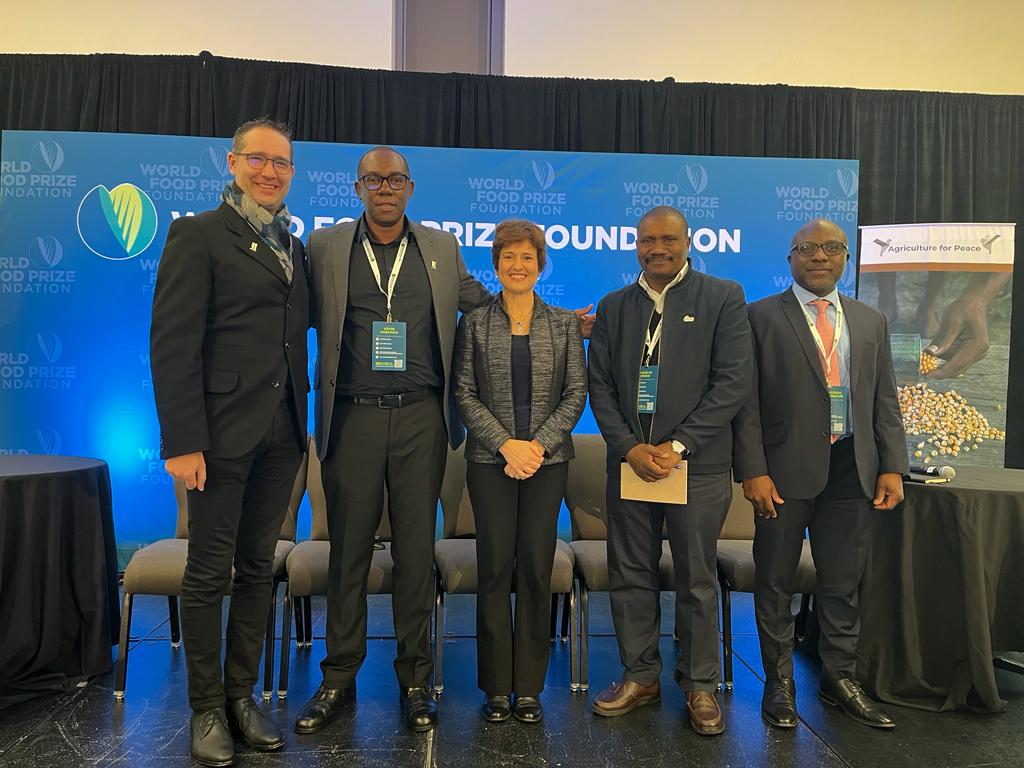
Dina Esposito, USAID’s Global Food Crisis coordinator and assistant to the Administrator for the Bureau for Resilience, Environment and Food Security, described how AID-I is “turning crisis into opportunity” by improving farmers’ resilience and profitability.
“We joined CIMMYT and went to Zambia, and the partnership was a glimmer in our eyes,” said Esposito, referring to a recent visit to a model farm with AID-I partners.
Reporting progress in Zambia, Malawi and Tanzania, Kevin Kabunda, CIMMYT’S AID-I chief of party in southern Africa, noted that the private sector had produced 13,000 tons of maize in the first year.
“The extended or increased potential for every farmer who uses fall armyworm-tolerant varieties translates to US$100 dollars,” said Kabunda who estimated AID-I reached 1.3 million farmers in its first year generating an aggregated value of at least US$65 million dollars.
In addition, Mtieyedou (Abdou) Konlambigue, AID-I chief of party in the Great Lakes Region, pointed out that the project has given access to new bean varieties and fertilizer recommendations to over 500,000 farmers in Rwanda, Burundi and the Democratic Republic of the Congo.
Farmers take the stage
Two champion farmers, María (pilu) Giraudo and Guillermo Bretón joined CIMMYT’s Director General, Bram Govaerts, and CGIAR Board Chair, Lindiwe Majele Sibanda, during a main stage session of the Borlaug Dialogue organized by the World Food Prize Foundation on Tuesday, October 24.
The event, MasAgro Taking it to the Farmer, reported on progress achieved and milestones reached by one of CIMMYT’s flagship projects, Crops for Mexico (MasAgro), which began 14 years ago and earned Govaerts the 2014 Norman E. Borlaug Award for Field Research and Application endowed by The Rockefeller Foundation.
Giraudo, an Argentinian farmer who co-founded the Rural Women Network and serves as honorary president of Argentina’s no till farmer association Aapersid, said that the best way to acknowledge MasAgro’s work is to seize the opportunity to offer women farmers the possibility of having full access to science and technology.
Bretón, a farmer from Mexico’s state of Tlaxcala, described MasAgro as a disruptive way of understanding agriculture. “Investing in our soils is better than investing in a one-cycle crop,” he said.
CGIAR Board Chair Lindiwe Majele Sibanda was enthusiastic about the project’s trajectory and proud of its evolution into CIMMYT’s ongoing efforts, including adapting MasAgro to southern Africa.
Sibanda expressed her excitement about MasAgro-inspired activities in Africa and praised the diversified seed systems that today include dryland crops sold in smaller seed bags by young entrepreneurs who are taking up businesses in villages without having to go to urban centers.
Govaerts moderated the event and thanked Dina Esposito, and U.S. Special Envoy for Global Food Security, Cary Fowler, for facilitating the establishment of MasAgro programs in southern Africa.
